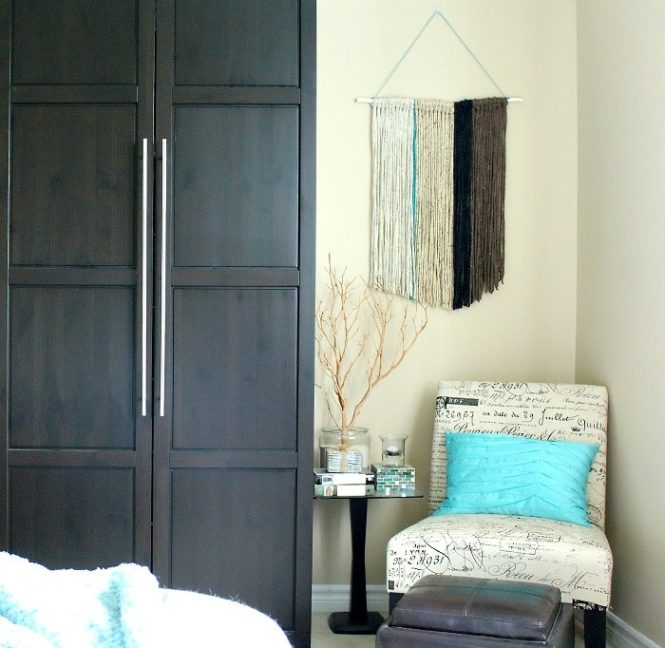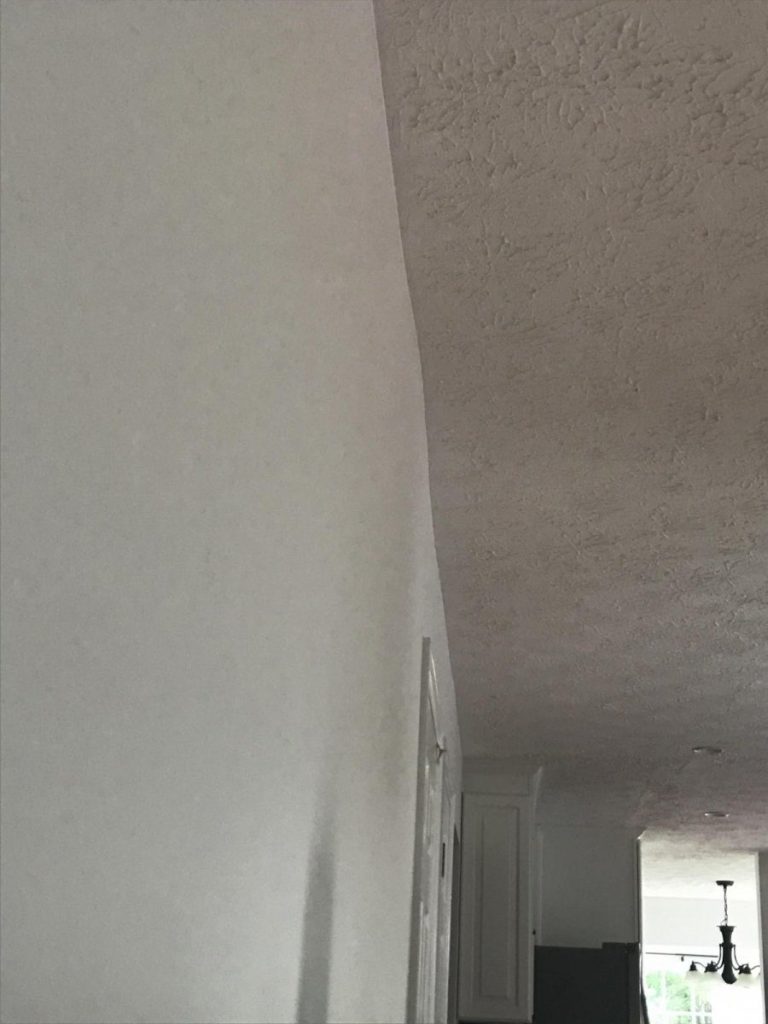

Fixing uneven wall hangings can be a frustrating experience, but it’s a completely solvable problem. A beautifully displayed artwork can instantly transform a room, but an unevenly hung picture can detract from the overall aesthetic. This guide provides a comprehensive approach, from identifying the root of the issue to selecting the proper equipment and executing the correction, ensuring that your wall hangings are perfectly aligned. We’ll cover various methods for fixing uneven wall hangings, including using different types of mounting hardware and techniques for leveling, ensuring your wall decor looks its best. In this article, we’ll explore detailed steps, offering practical advice and examples to help you achieve a perfectly straight and aligned gallery wall or individual picture.
Identifying the Cause of Uneven Hanging
Understanding the Root of the Problem
Fixing uneven wall hangings often stems from mismatched hardware, inadequate wall prep, or a combination of both. A sturdy mounting system is paramount for ensuring your artwork stays put. An improperly chosen or installed anchor can lead to a disastrous and unsightly result. First, assess the wall material – is it plaster, drywall, or brick? Different materials require different types of wall anchors for proper support. Understanding the wall structure and its condition is critical for successful hanging. If the wall has pre-existing damage or loose mortar, the problem is going to be more severe and more specialized equipment or materials may be needed.
Evaluating Wall Condition
Analyzing the wall’s condition is crucial for selecting the appropriate mounting hardware. A poorly prepared wall can lead to loose or shifting artwork. If the wall is uneven or has gaps, these need to be addressed before hanging anything. Uneven walls can often be the root cause for wall hangings not being level or square. Using a spirit level or laser level is a critical step in checking the wall’s surface for any inconsistencies. Consider using a stud finder to determine where the studs are located in the wall. This can dramatically impact the type of hanging system you choose. If studs are not aligned properly, you may end up with a wall hanging system that is insufficient for the job.
Choosing the Right Mounting Hardware
Types of Wall Anchors
Choosing the right wall anchors is a crucial part of fixing uneven wall hangings. The selection of anchor type will depend on the material of your wall. Drywall, for instance, requires different anchors than brick or plaster. Expanding anchors, toggle bolts, and adhesive anchors are common types, each designed for different applications. Knowing your wall type will drastically reduce the risk of your wall hanging falling down, and ultimately will save you from unnecessary effort or a complete redo of the project.
Selecting the Correct Hardware
For various wall types, specific mounting solutions are best. Consider the weight of the item you’re hanging. Heavier items require more robust support. Over-complicating the mounting system is generally not required for light weight items. Lightweight items might not even require a wall anchor at all! For instance, lightweight pictures and prints can be perfectly hung with strong adhesive strips, minimizing the risk of damage to your walls.
Fixing Uneven Wall Hangings
Leveling the Hanging
Using a spirit level is essential for correcting any misalignment in your artwork. Position the level along the length and width of the item to identify any deviations from the horizontal or vertical. Carefully mark the spots where the level is off-center. This step will allow you to drill at the appropriate locations and maintain straightness.
Securing the Hanging
After leveling the hanging, use the appropriate anchors and screws. Securely fasten the anchors into the wall at the predetermined points. Ensure that the screws are completely tightened to avoid any shifting during use. Tightening is crucial in determining the success of your uneven wall hangings fix, as even the slightest deviation can impact alignment. Test the hanging periodically to ensure stability before you hang up your artwork or decorative items.
Troubleshooting Common Issues
Loose Screws
Check the screws for tightness, this is a critical aspect of fixing uneven wall hangings. Even the slightest looseness can cause the hanging to shift over time. If the screws are loose, tighten them gently to avoid stripping the screw holes.
Uneven Wall
If your wall exhibits significant irregularities, leveling can be difficult. In this case, consider using shims or specialized mounting systems designed to compensate for unevenness. In the case of significant wall imperfections, it may be worth considering more advanced wall correction methods, such as drywall repair, to create a consistent base.
Preventing Future Uneven Hanging
Using Leveling Tools
Use a spirit level or a laser level to ensure your artwork is perfectly straight and level, which is always a good idea for preventing uneven wall hangings in the future. Leveling tools aid in preventing mistakes which can lead to uneven results and wasted materials or time.
In summary, fixing uneven wall hangings requires a methodical approach. By understanding the cause of the issue, choosing the right hardware, and following the steps outlined above, you can easily resolve the problem. Don’t hesitate to experiment with different methods until you find the perfect fit for your wall hangings. Remember, a well-hung picture or artwork instantly elevates the aesthetic appeal of a room. For more wall decor tips and ideas, check out our other resources.